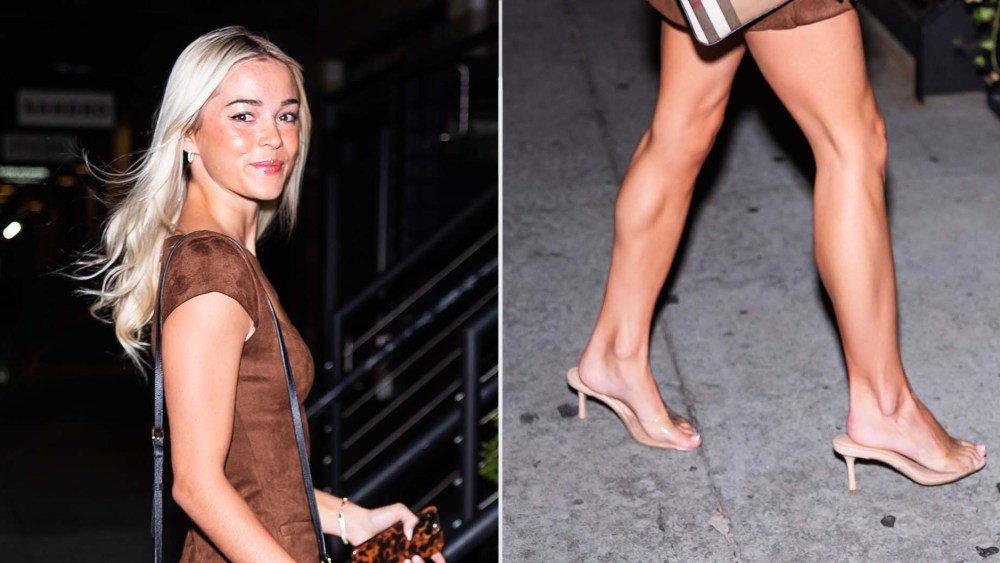
The first half of the year was a learning curve for everyone. The economic uncertainties with the ever-changing tariffs put in place, rapid accelerations in artificial intelligence, cautious consumer spending and changes within Apple iOS 18 have caused many brands to pivot rapidly.
Listrak recently released three reports — “H2 2025 Beauty Retail Outlook,” “H2 2025 Fashion Retail Outlook,” and “H2 2025 Retail Outlook” — to give brands insights into what worked and what didn’t in the first half of the year and what’s to come in the second six months.
Fashion is expected to grow between 3 percent and 5 percent, with non-luxury brands fueling this rise. Similarly, e-commerce is driving beauty growth — a third of beauty sales are set to be online.
Overall, Listrak’s data showed that SMS has continued to surge. With RCS (Rich Communication Services) emerging with new possibilities, revenue for SMS increased by 30 percent. Meanwhile, email engagement has greatly declined as consumers are experiencing fatigue and as a result of Apple Mail changes. Brands are seeing a 29 percent decline in both click-through rate and revenue. But a bright spot is that conversion rates rose 7 percent year-over-year, as consumers with intent remained engaged.
Notably, the biggest impacts to brands for the first half of the year were consumers spending less and being sales-reliant (42 percent), supply chain shake-ups (26 percent), tariff volatility (22 percent) and Apple Mail changes (11 percent).
The major takeaways from the first half included consumers being conscious and stretching their dollar, experiences and loyalty programs evolving to focus on personalization and engagement and digital-first brands doubling down on physical retail experiences and diversifying their offerings.
Brands told Listrak that their overarching plan for the second half includes increasing prices (25 percent), mounting discounts (23 percent), diversifying supply chains (20 percent), artificial intelligence capabilities (20 percent), RCS (7 percent) and pre-loved/used space adoption (5 percent).
According to the reports’ authors, the three trends that will define the second half are price pressure and value-driven behavior, inventory volatility and operational agility and the emergence of AI-powered shopping assistants.
The market is signaling price pressure and value-driven behavior with dupes trending, private labels in Target and Costco scaling with lower prices, and pre-loved and rental brands such as Nuuly and Rent the Runway gaining momentum.
Moreover, the closing of the Shein and Temu loopholes in terms of their importation into the U.S. has also boosted affordable competitors. Thirty-seven percent of shoppers said they plan to cut any non-essential spending going into the summer and holiday seasons. For fashion and beauty, capturing value will be of the utmost importance for consumers. Brands need to appeal to the aspirational yet price-conscious customer.
With retailers looking beyond China to diversify their supply chains, inventory is harder than ever to predict. Imports from China — as a result of President Trump’s tariffs — have dropped 65 percent year-over-year and order cancellations are up 60 percent as compared to 2020. Supply chain diversification and slow restocks are creating urgency and unpredictability. But according to Listrak’s data, low inventory SMS alerts drove 42 percent year-over-year revenue — proving that scarcity does indeed sell.
AI has continued to be on everyone’s mind — 53 percent of consumers said they plan to use AI to support their purchase decisions for 2025. Listrak said the industry will see a shift from traditional search engines to ChatGPT usage rising during the holiday season. Many retailers will start to adapt quickly by investing in AI tools on their e-commerce platforms to aid product discovery, enhance their personalization and streamline the path to purchase.
While previously ChatGPT told WWD’s sister publication Sourcing Journal this April that it had no plans to monetize its product recommendations, the AI company has changed its mind. More than 50 percent of fashion executives surveyed by Listrak said they see generative AI as a key driver of product discovery for this year and 43 percent of retailers are already utilizing chatbots on their site to address customer service and lower friction. Overall, there’s been a 155 percent increase year-over-year in traffic from AI tools to e-commerce websites.
“The first half of 2025 reminded us that retail success is not about predicting the future — it’s about being prepared for the future,” said Jamie Elden, chief revenue officer of Listrak. “While change is constant, with the right insights and tactics, retailers can convert change into advantage. To support retail momentum throughout the second half of 2025, Listrak’s experts, leveraging Listrak’s predictive intelligence, identified key trends and provided tactics to power success through the balance of the year.”
#Major #Retail #Trends #Spending #Supply #Shifts








